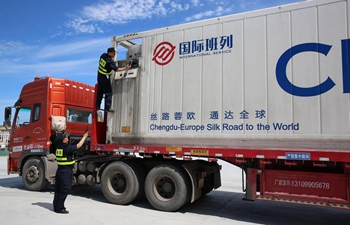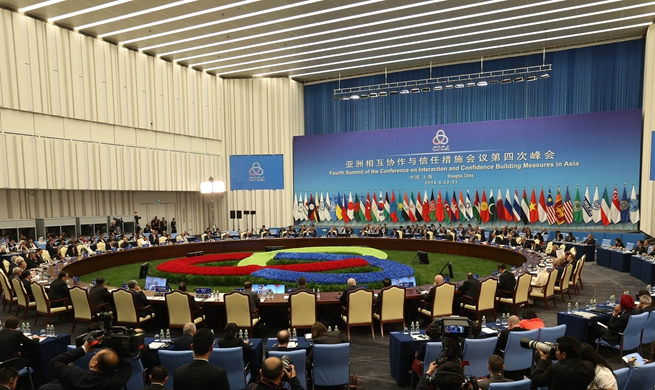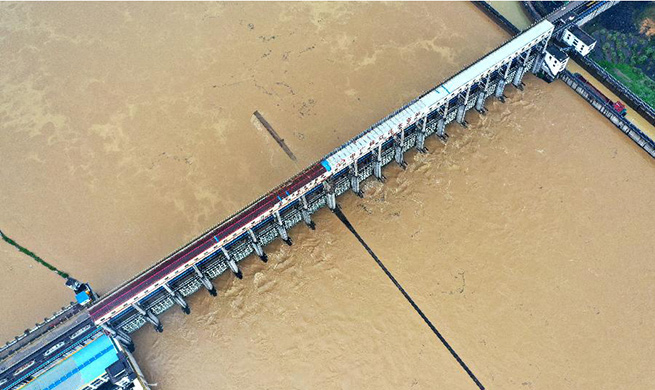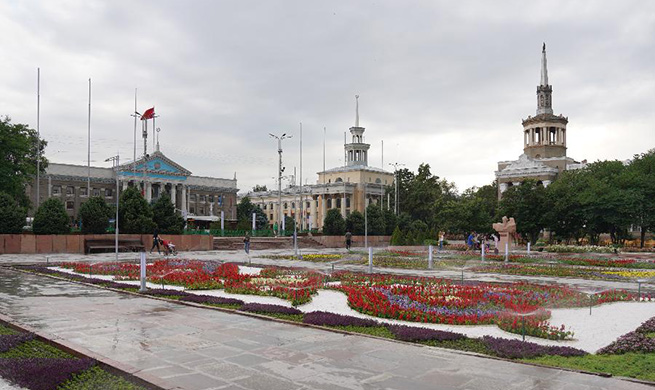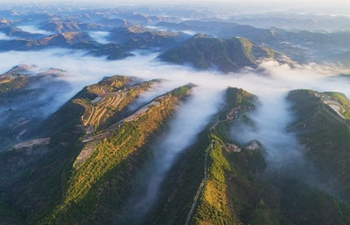LANZHOU, June 11 (Xinhua) -- Chinese researchers have constructed the fugitive road dust (FRD) PM2.5 emissions inventory in the inland city of Lanzhou, the provincial capital of northwest China's Gansu Province.
The FRD particles emitted by traffic-generated turbulence are an important contributor to urban PM2.5, said the research paper published in journal Environmental Science and Technology.
Sources of these particles include surrounding soil, mud carried by vehicles, demolition and construction, fly ash from asphalt, bioclastics and natural dust deposition.
In urban areas of developing countries, FRD PM2.5 emissions are a serious environmental threat to air quality and public health.
Based on field sampling and numerical simulation, the researchers from Lanzhou University and Peking University built the FRD PM2.5 emissions inventory of 2017 with high-resolution.
They investigated the spatiotemporal characteristics of the FRD emissions in different urban function zones and quantified their health impacts.
They found that the FRD PM2.5 emission was approximately 11 tonnes, accounting for 24.6 percent of total PM2.5 emission in urban Lanzhou, while the industrial sources, energy production and vehicle exhaust account for 38.2 percent, 29.6 percent and 4.8 percent, respectively.
Spatially, high emissions occurred over areas with smaller particle sizes, larger traffic intensities and more frequent construction activities.
FRD particles are an important carrier for high levels of harmful components such as heavy metal elements, hydrocarbons and other carcinogens, which exert a high potential health burden on cardiovascular and respiratory diseases and cancer.
Reducing FRD emissions is an important step forward to protect public health in many developing urban regions, said the research paper.







